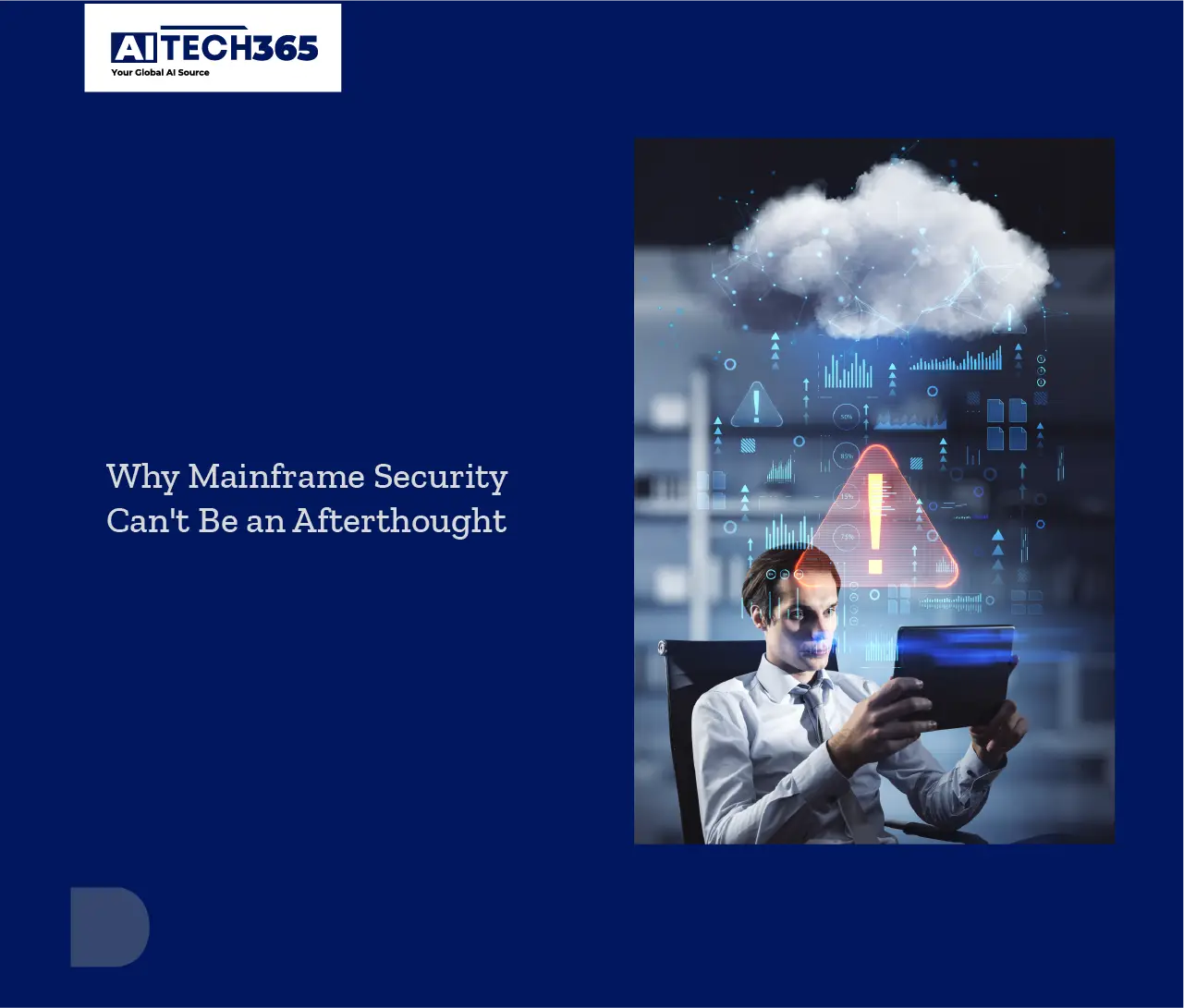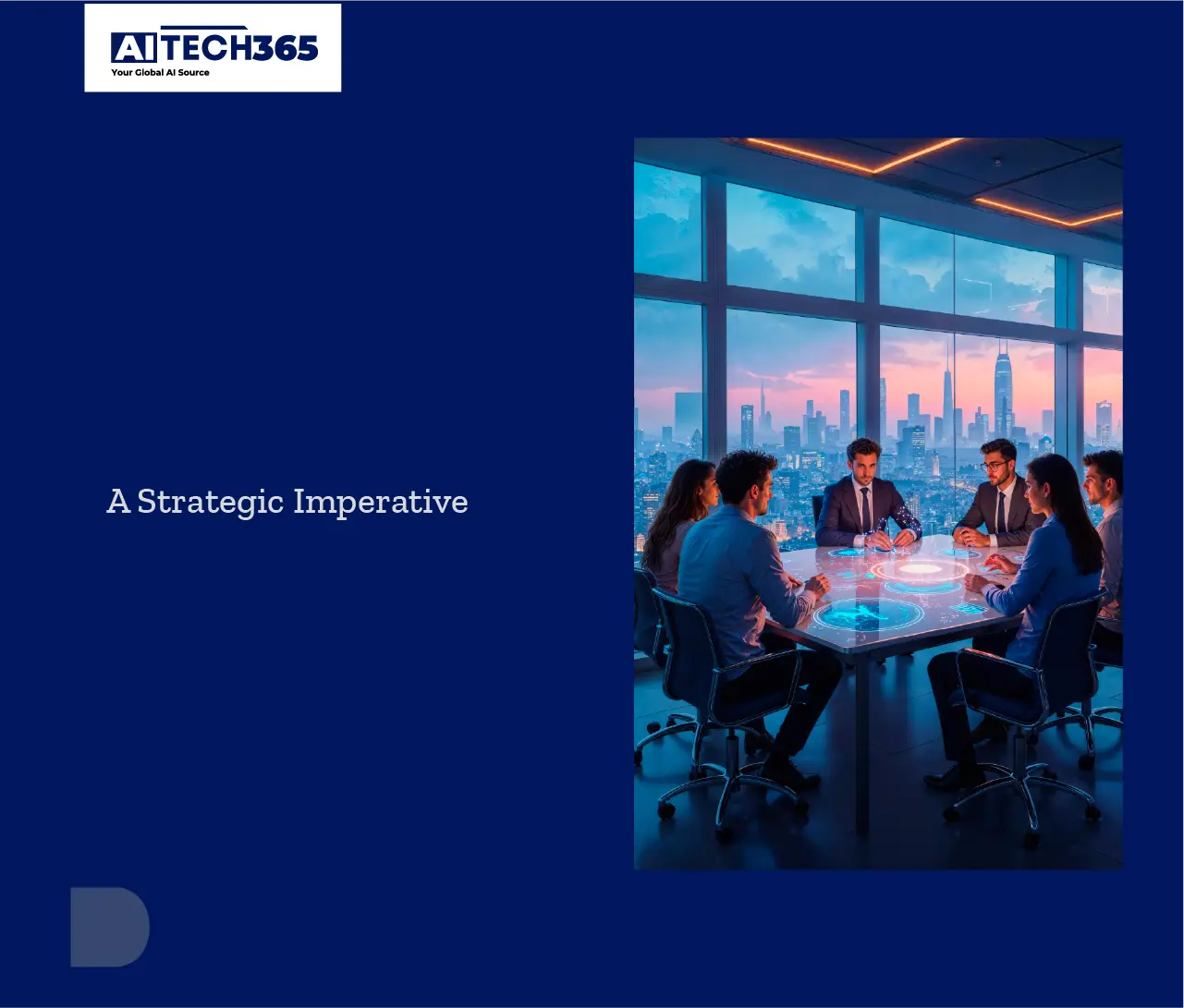AI and tech leaders guiding digital transformation face a big challenge: the mainframe. It’s the base, the core of essential data and processes that have powered industries for years. The need to modernize is clear. We need to embrace cloud-native agility. We should use AI-driven insights and adapt to changing business needs. The critical challenge? Make sure this change doesn’t act like a Trojan horse. It could bring serious security risks to your strongest system. Modernization needs a ‘security-first’ mindset. This should be part of the initiative. We must focus on compliance, strong encryption, and strict zero-trust principles.
Why Mainframe Security Can’t Be an Afterthought
Mainframes earned their reputation for robustness and security through decades of rigorous engineering. However, the modern threat landscape and the realities of integration create unique risks. Legacy security models rely on perimeter defenses and implicit trust in mainframes. However, they fail with cloud APIs, hybrid systems, and distributed microservices. It’s like strengthening a castle’s walls while keeping the drawbridge down. Merchants and allies can come through without checking every cart. The MOVEit Transfer breach shows the risks of misplaced trust and weak encryption. This breach took advantage of a flaw in a well-known file transfer tool linked to key systems like mainframes. Nearly 93 million individuals were affected, and global damage is estimated between US$ 6 billion and US$ 10 billion. The damage it caused shows how quickly problems can spread. The cost of a major breach now averages millions. This doesn’t include the huge reputational damage and regulatory fines that follow. The cost of a major breach now averages US$ 4.88 million globally in 2024, with U.S. breaches in sectors like healthcare and finance exceeding US$ 9.5 million. It now takes an average of 204 to 258 days to detect a breach, and another 65 to 73 days to contain it, extending exposure time and risk.
Compromised mainframe data causes problems for AI leaders. It leads to corrupted training sets and skewed models. This means flawed intelligence, which threatens the core value of AI initiatives.
Pillar 1: Compliance as the Foundational Blueprint
Compliance isn’t merely about checking boxes; it’s the essential blueprint for secure modernization. Regulations like GDPR, HIPAA, PCI-DSS, and SOX set strict rules. They focus on data privacy, integrity, and auditability. Newer frameworks, like the NIST Cybersecurity Framework, also add to these demands. Mainframes often house the crown jewels covered by these mandates.
- Embed Compliance Early: Include regulatory requirements in your design right from the start of your modernization planning. This means knowing exactly where regulated data is on the mainframe. It also includes its actions during modernization tasks. This covers data migration and API exposure. It identifies who or what needs access. Mapping data lineage across hybrid environments becomes non-negotiable.
- Continuous Auditing & Logging: Modernization introduces new data pathways and access points. Set up strong, centralized logging. This should capture events on the mainframe using tools like SMF and RACF auditing. It should also include the links between the mainframe and cloud or container services. Ensure logs are secure and cannot be altered. They should also be easy to access for automated compliance checks and forensic reviews. Think beyond human review; leverage AI-driven anomaly detection within audit trails.
- Policy Orchestration: Manual compliance enforcement cannot scale in a dynamic hybrid environment. Implement policy-driven automation. Establish security and compliance rules. For example, ‘Mask and log PII data accessed through this cloud API.’ Then, apply these rules consistently on both mainframe and cloud platforms. Use integrated policy engines or service meshes to help.
Pillar 2: Encryption Which is the Unbroken Shield for Data in All States
Data is the target. Encryption is the last line of defense when other controls fail. Mainframe modernization boosts data movement. It moves data to clouds, data lakes, analytics platforms, and AI training environments. Encryption must be pervasive. With cybercrime projected to cost the world US$ 10.5 trillion annually by 2025, every byte in motion or at rest must be protected.
- Data-at-Rest: Use the mainframe’s strong hardware encryption features. This includes CPACF and Crypto Express adapters on IBM Z. They protect databases like DB2 and IMS. They also safeguard datasets, including VSAM and PS, as well as entire disk volumes. Apply this standard to backup tapes and any data stored or copied in cloud object storage. Make sure cloud storage uses strong encryption. You should control the keys (BYOK/HYOK).
- Data-in-Transit: This is where risk explodes during modernization. Never allow sensitive mainframe data to traverse networks (even internal ones) unencrypted. Mandate TLS 1.3 (or equivalent strong protocols) for all communication:
- Between mainframe regions (Sysplex)
- From mainframe to distributed systems (via MQ, CICS, IMS transactions)
- Through APIs exposing mainframe services to cloud applications
- During data migration streams (ETL/ELT)
- Think about using hardware-accelerated encryption on the mainframe, like IBM Crypto Express. This will help achieve the best performance for secure connections.
- Data-in-Use: The holy grail, especially for AI processing sensitive data. Confidential Computing technologies are worth looking into. Fully homomorphic encryption (FHE) is new for mainframe workloads, but it shows promise. These create secure, hardware-isolated enclaves called Trusted Execution Environments (TEEs). They can be found in cloud systems or future mainframe processors. Decrypted data can be processed safely here. This process is hidden from the cloud provider’s OS or hypervisor. This is a game changer. It allows safe use of mainframe data for cloud-based AI and ML training. Plus, it keeps raw information hidden.
Pillar 3: Zero Trust is Assuming Breach, Verifying Everything
The perimeter is gone. Zero Trust mandates ‘never trust, always verify.’ Every access request needs to be authenticated, authorized, and encrypted. This applies to users, cloud microservices, and AI models. This rule applies no matter the source. This is paramount when modern mainframes interact with cloud ecosystems.
- Strong, Context-Aware Authentication: Move beyond basic mainframe passwords (RACF, ACF2, Top Secret). Implement multi-factor authentication (MFA) universally for administrators and privileged users. For A2A communication, like when cloud services call mainframe APIs, use mutual TLS (mTLS). This means both sides must show and check digital certificates. Link mainframe access to company Identity Providers (IdP) with OAuth 2.0 and OpenID Connect (OIDC). This ensures centralized and consistent policy enforcement.
- Granular, Attribute-Based Authorization: This improves outdated mainframe access controls, like RACF groups, that are too broad. ABAC decides on authorization by considering several factors:
- User identity
- Device posture
- Location
- Time of day
- Data sensitivity
- Purpose of the request
This approach ensures secure access by considering multiple factors. An AI training job that asks for customer data needs different permissions than a billing app.
- Microsegmentation & Least Privilege: Use microsegmentation in the mainframe and its borders. Separate critical workloads like CICS, IMS, and DB2 subsystems from each other. Also, keep them apart from less sensitive areas. Control network traffic between mainframe LPARs and cloud VPCs. Use next-generation firewalls and mainframe networking controls for this. Always use the principle of least privilege for everyone, users, service accounts, apps, and APIs. A cloud-based analytics tool should only access the datasets it needs. Nothing more.
- Continuous Monitoring & Adaptive Policies: Zero Trust is dynamic. Continuously monitor user and entity behavior analytics (UEBA) in the hybrid environment. Look out for strange access patterns, data transfers, or unusual activities targeting the mainframe. Use this information to create adaptive security policies. These policies can tighten controls or send alerts automatically. They do this when they spot suspicious signals.
Also Read: What Is emergent.sh? Inside the World’s First Agentic Vibe-Coding Platform
Integration Imperative
The main challenge of security-first modernization is connecting the mainframe to the cloud-native environment securely.
- API Security as a Critical Control Plane: APIs are the primary conduit. Treat them as high-value attack surfaces.
Set up a strong API gateway near the mainframe or in a secure DMZ. This gateway will handle:
-
- Authentication (using OAuth and mTLS)
- Authorization (via ABAC)
- Rate limiting
- Input validation
- Payload inspection
- Threat protection
It will protect all APIs exposed by the mainframe. Ensure the gateway integrates with enterprise IdPs and policy engines.
- Secure Data Pipelines: Data movement for analytics, AI, or cloud processing is unavoidable. Utilize secure protocols (SFTP with encryption, Aspera FASP, TLS-protected Kafka). Use data masking or tokenization at the source (on the mainframe) or while in transit. This keeps sensitive fields safe before they reach less secure areas, such as cloud data lakes. Validate the security posture of any ETL/ELT tools involved.
- Unified Visibility and Control: Fragmented security tools create blind spots. Strive for centralized visibility into security events across mainframe, cloud, and network. SIEM solutions must gather and connect mainframe logs, like SMF and RACF. They also need cloud-native logs like CloudTrail and Azure Monitor. Plus, they require network data. A single console for managing policies is very useful, even with different technologies.
A Strategic Imperative
Security-first mainframe modernization is not just a project phase. It’s an ongoing commitment. This effort needs strong leadership, investment, and a cultural shift.
- Executive Sponsorship & Cross-Functional Teams: Success demands buy-in from the top.
Build a team with these key roles:
-
- Mainframe security experts
- Cloud security architects
- Network specialists
- Compliance officers
- Application developers
- Leverage Modern Mainframe Capabilities: Don’t underestimate the modern mainframe. Platforms like IBM z16 provide tools like integrated cryptographic co-processors (Crypto Express 8S). They also offer transparent data encryption and Tamper-Resistant Encryption Keys. Plus, there’s improved support for TLS and quantum-safe cryptography. Utilize these native strengths.
- Phased, Risk-Based Approach: Start with the most critical assets and highest-risk integration points. Test zero-trust controls and better encryption on important APIs or data flows first. Then, roll them out across the entire enterprise. Learn and adapt.
- Continuous Education & Testing: Train teams on hybrid cloud security risks and zero-trust principles. Perform thorough penetration testing on the new integration surfaces made by modernization. Regularly test incident response plans for scenarios involving a compromised mainframe-cloud interface.
Conclusion
Mainframe evolution is essential. It helps us harness the power of AI and cloud-native innovation. Treating security as a secondary concern in this transformation is risky. AI and tech leaders can succeed in this complex journey by focusing on security. They should prioritize strict compliance, widespread encryption, and strong zero-trust principles. Unlock the value in legacy systems. Empower AI projects with reliable data. Achieve true hybrid agility. Also, keep your digital fortress safe from today’s cyber threats. The goal is not only modernization. It’s about secure evolution. We want the mainframe’s strong resilience to continue confidently into the future.


